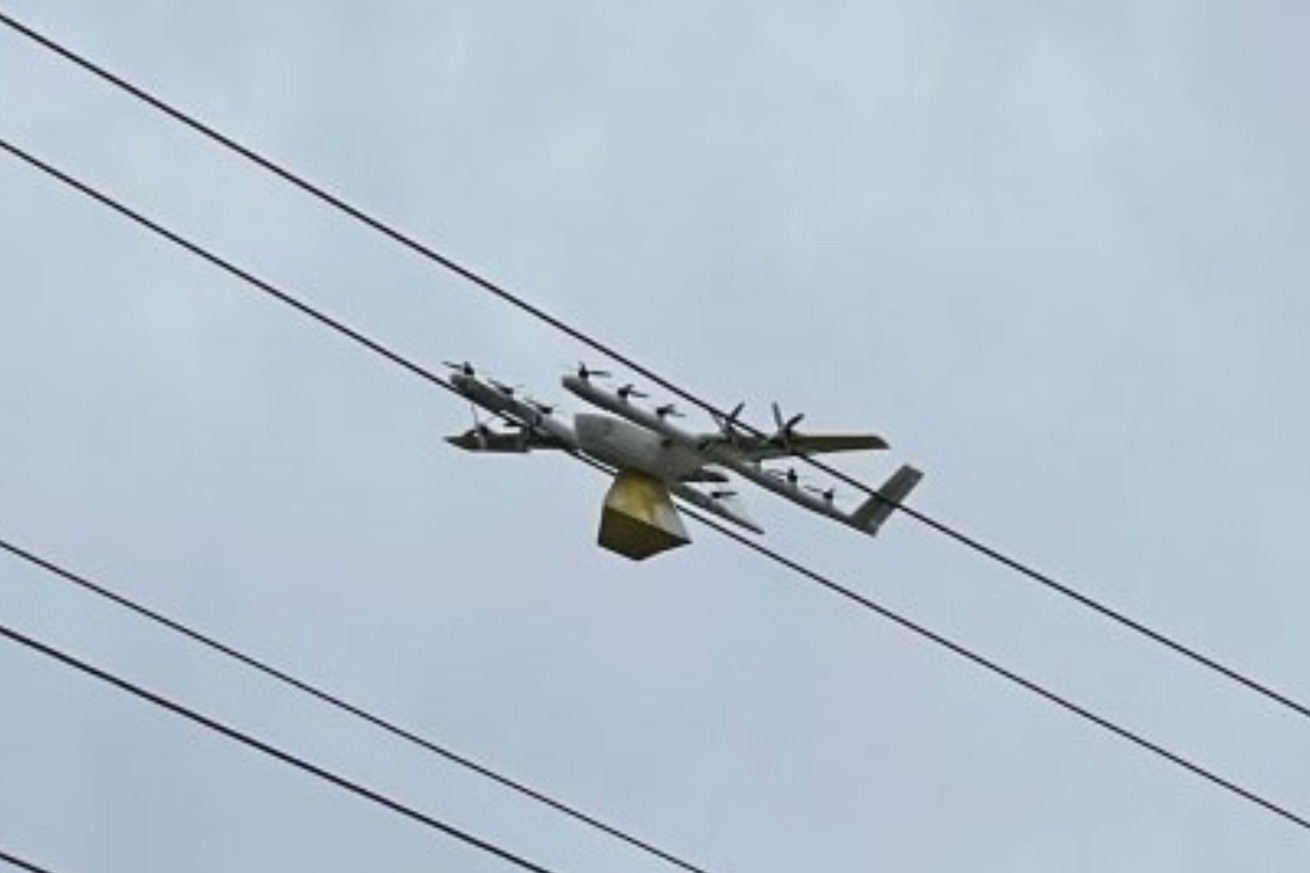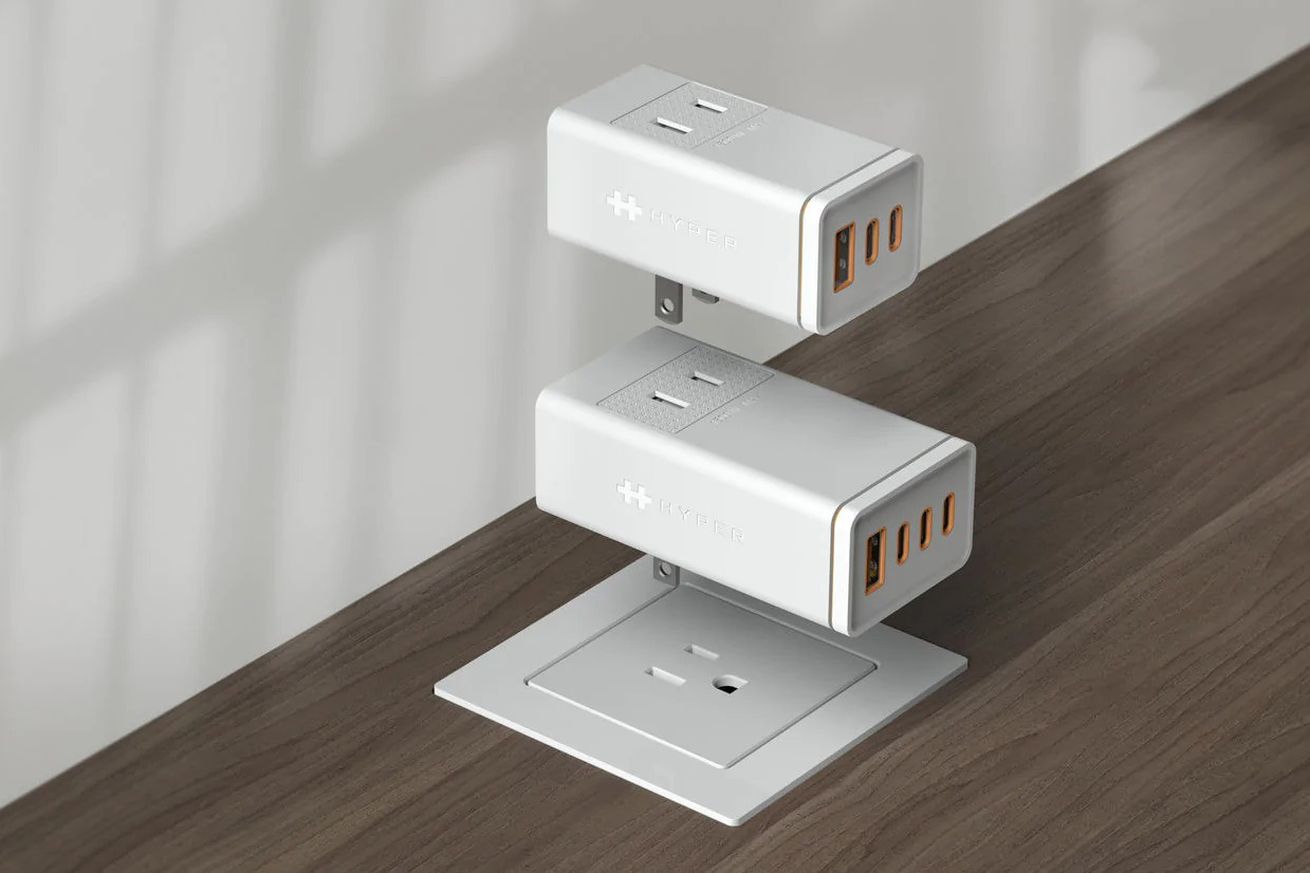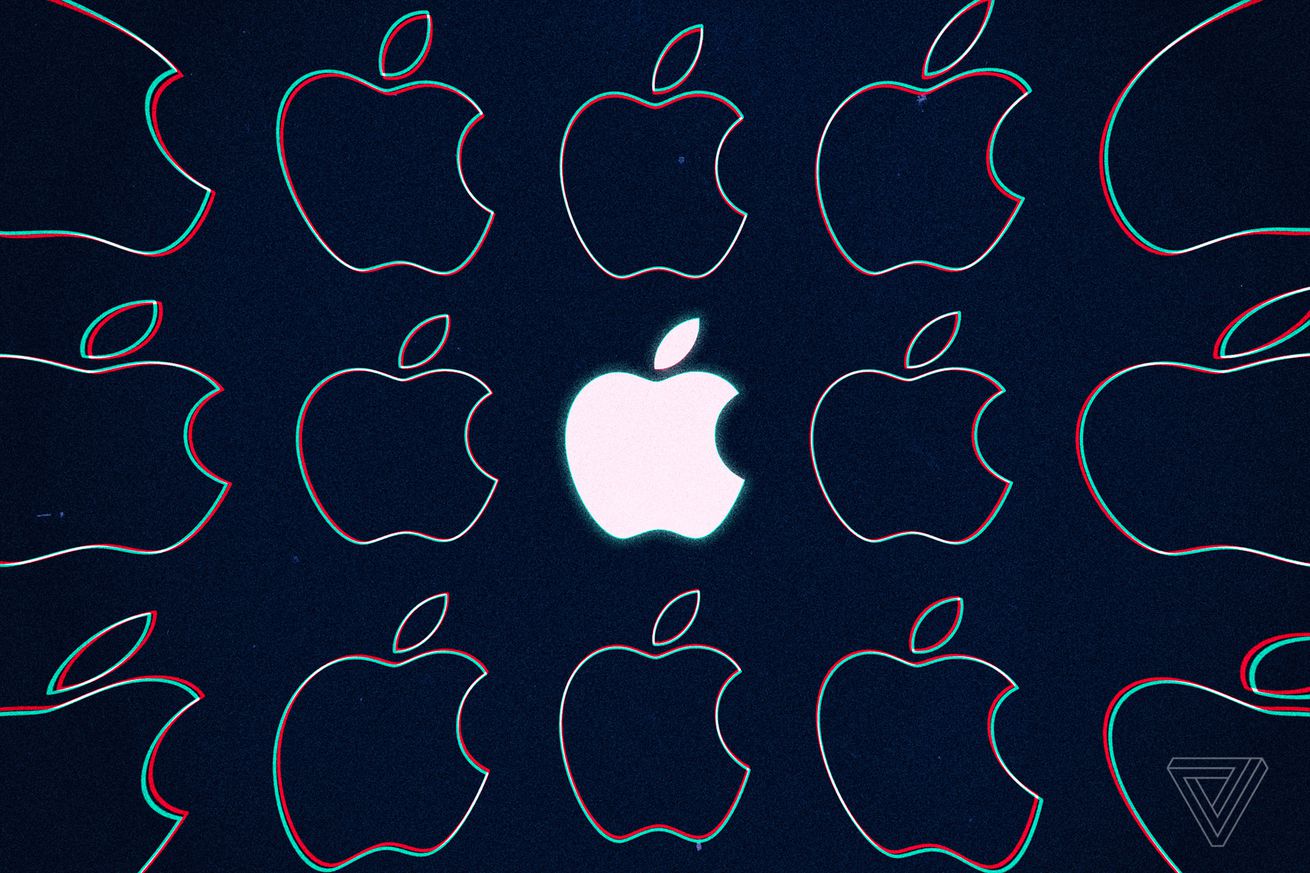
Tesla's Optimus robot prototype was not the only thing the company shared on Friday evening during its AI Day presentation. Autopilot director Ashok Elluswamy took the stage during Tesla's AI day to talk about how the company's Full Self Driving software has improved. He revealed that there are now 160,000 customers running the beta software, compared to 2,000 from this time last year.
In total, Tesla says there have been 35 software releases of FSD. In a Q&A at the end of the presentation, Musk made another prediction — he's made a few before — that the technology would be ready for a worldwide rollout by the end of this year but acknowledged the regulatory and testing hurdles that remained before that happens.
/cdn.vox-cdn.com/uploads/chorus_asset/file/24070778/fsdd_beta_160k.jpg) Image: Tesla
Image: Tesla
Afterward, Tesla's tech lead for Autopilot motion planning, Paril Jain, showed how FSD has improved in specific interactions and can make "human-like" decisions. For example, when a Tesla makes a left turn into an intersection, it can choose a trajectory that doesn't make close calls with obstacles like people crossing the street.
/cdn.vox-cdn.com/uploads/chorus_asset/file/24070648/Screen_Shot_2022_09_30_at_10.49.04_PM.png) Image: Tesla
Image: Tesla
It's known that every Tesla can provide datasets to build the models that FSD uses, and according to Tesla's engineering manager Phil Duan, now Tesla will start building and processing detailed 3D structures from that data. They said the cars are also improving decision-making in different environmental situations, like night, fog, and rain.
Tesla trains the company's AI software on its supercomputer, then feeds the results to customers' vehicles via over-the-air software updates. To do this, it processes video feeds from Tesla's fleet of over 1 million camera-equipped vehicles on the road today and has a simulator built in Unreal Engine that is used to improve Autopilot.
/cdn.vox-cdn.com/uploads/chorus_asset/file/24070656/Screen_Shot_2022_09_30_at_10.52.41_PM.png) Image: Tesla
Image: Tesla
The automaker already has a large Nvidia GPU-based supercomputer and a data center holding 30PB (that's 30,000,000GB) of stored footage. Tesla is also working on a new custom-built computer using chips designed by Tesla called Dojo, with which the company says it can replace 72 GPU racks consisting of 4,000 GPUs with only four Dojo cabinets.
At last year's AI day, executives revealed Dojo's first chip and training tiles, which would eventually develop into a full Dojo cluster or "ExaPod." Today the company announced that the first ExaPod is expected to be completed by Q1 2023. The company plans to build a total of seven in Palo Alto. In a 10-cabinet system, Tesla said the Dojo ExaPod would break the barrier of the ExaFlop of compute and contains 1.3TB of high-speed SRAM and 13TB of high-bandwidth DRAM.
Since last year's AI day, Dojo development hit a few milestones, including installing the first Dojo cabinet, testing 2.2MW of load testing, and now the company is working at a build rate of one tile per day. Dojo was also demonstrated running a Stable Diffusion model using 25 Dojo dies, creating this AI-generated image based on a prompt of "Cybertruck on Mars."
/cdn.vox-cdn.com/uploads/chorus_asset/file/24070683/Screen_Shot_2022_09_30_at_11.19.29_PM.png) Image: Tesla
Image: Tesla
All Tesla vehicles today come standard with a driver-assist feature called Autopilot. For an additional $15,000, owners can buy the Full Self-Driving option, which Musk has repeatedly promised will one day deliver fully autonomous capabilities to Tesla vehicle owners. To date, FSD remains a "Level 2" advanced driver-assistance system, meaning the driver must stay fully engaged in the vehicle's operation while in motion.
FSD, which is currently available to around 160,000 drivers in the US and Canada, allows users to access Autopilot's partially automated driver assist system on city streets and local roads. The system purports to speed up and slow down, make turns — including unprotected left turns, which are extremely difficult for automated systems — and recognizes traffic signals and other road signs.
Tesla has gotten in hot water with the federal government based on reports of FSD malfunction and other safety issues. The National Highway Traffic Safety Administration is investigating 16 crashes in which Tesla vehicle owners using Autopilot crashed into stationary emergency vehicles, resulting in 15 injuries and one fatality. Tesla is facing a possible recall of Autopilot, FSD, or both after the government upgraded its investigation earlier this year.
The company has been accused of false advertising by regulators and sued by customers for allegedly misleading them about the capabilities of their vehicles. But FSD is also crucial to Musk's vision of a fully driverless future. And Musk himself has largely avoided any serious consequences — so far — in his efforts to obscure the limitations of Tesla's autonomous driving technology.

/cdn.vox-cdn.com/uploads/chorus_asset/file/24070454/tesla_bo0t.jpg) Image: Tesla
Image: Tesla
/cdn.vox-cdn.com/uploads/chorus_asset/file/24070465/Screen_Shot_2022_09_30_at_9.36.03_PM.png) Image: Tesla
Image: Tesla

/cdn.vox-cdn.com/uploads/chorus_asset/file/24067446/1243103329.jpg) Image: Andy Jacobsohn/AFP via Getty Images
Image: Andy Jacobsohn/AFP via Getty Images



/cdn.vox-cdn.com/uploads/chorus_asset/file/24066521/Heart_Rate_Sensor_Model.jpg) Image: Anker
Image: Anker
/cdn.vox-cdn.com/uploads/chorus_asset/file/24066523/Heart_Rate_Sensor_Product_1.jpg) Image: Anker
Image: Anker
/cdn.vox-cdn.com/uploads/chorus_asset/file/24066526/soundcore_APP_1200.jpg) Image: Anker
Image: Anker



/cdn.vox-cdn.com/uploads/chorus_asset/file/24059226/DSC_0261.jpg) Photo by Alice Newcome-Beill / The Verge
Photo by Alice Newcome-Beill / The Verge
/cdn.vox-cdn.com/uploads/chorus_asset/file/24059237/DSC_0270.jpg) Photo by Alice Newcome-Beill / The Verge
Photo by Alice Newcome-Beill / The Verge
/cdn.vox-cdn.com/uploads/chorus_asset/file/24059711/DSC_0265.jpg) Photo by Alice Newcome-Beill / The Verge
Photo by Alice Newcome-Beill / The Verge


/cdn.vox-cdn.com/uploads/chorus_asset/file/24060394/fast_companya.jpg) Image: FastCompany.com
Image: FastCompany.com



/cdn.vox-cdn.com/uploads/chorus_asset/file/24056939/Roomba_Combo_j7_Underside_Pad.jpg) Image: iRobot
Image: iRobot
/cdn.vox-cdn.com/uploads/chorus_asset/file/24057159/Roomba_Combo_j7__Hardwood_Floor.jpg) Image: iRobot
Image: iRobot
/cdn.vox-cdn.com/uploads/chorus_asset/file/24056934/Roomba_Combo_j7__Top_View.jpg) Image: iRobot
Image: iRobot

